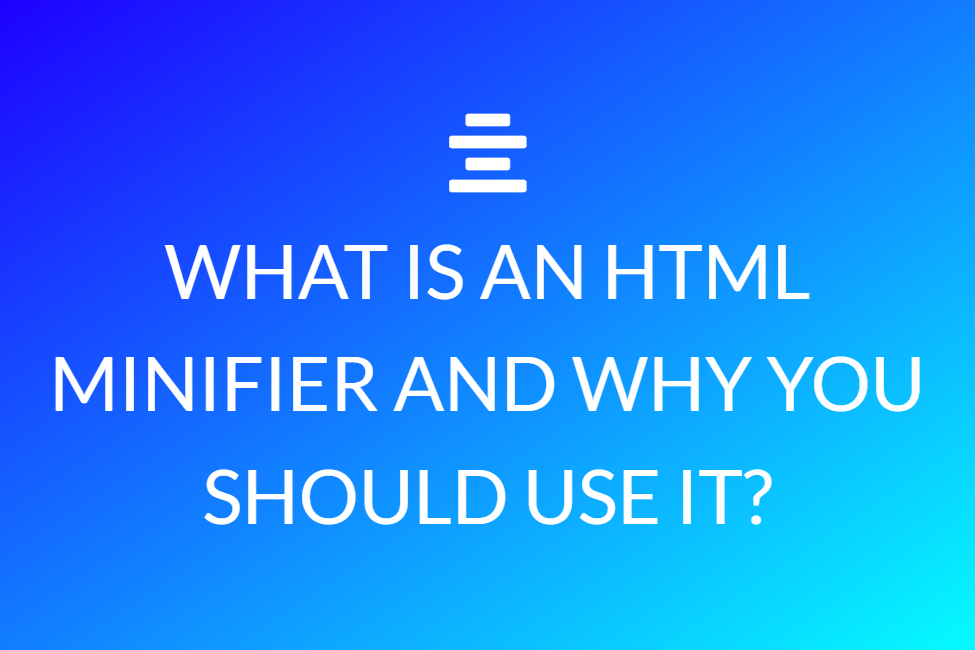Jade is that template engine to node.js, which is a new, and simplified, interpreted language that collects into HTML and is remarkably beneficial for web developers. Jade is produced primarily for the web server-side template process in node.js. also, it can likewise be used in a family of other environments to provide XML-like docs such as HTML or RSS.
This useful, example-oriented article will teach one how to reproduce Jade, utilize its characteristics, and recognize the most useful ways to create templates in the projects. With this piece, one will avoid the typical pitfalls and problems with inadequate documentation, allowing one to study Jade faster and practice it more efficiently. To concede Jade, we shall first examine the causes for its purpose and how these change into a tool providing real advantages to the developers. one will develop trust with each of the points of this language with the aid of practical illustrations and thorough descriptions.
What is Jade language?
Jade is that templating language and a smaller, more simple way to rewrite HTML. If one is just looking for a great way to design templates, or one wants to abandon HTML’s appalling syntax, Jade can benefit them. Jade is a smart templating engine, fundamentally used in NodeJS server-side templates. In plain terms, it gives one a powerfully unique way to reproduce markup, with a number of advantages over traditional HTML.
Let’s begin with the following easy example. First, we produce the HTML code and later the same piece was revised in Jade:
Both of the previous code examples indicate the exact identical thing, except the item is much more precise. This is that powerful thing- Jade, a concise templating robust language that is organised into HTML. In accession to the syntactic changes, Jade lets one simplify repetitive markup with planned logic. Also, it enables one to design templates that can get in and present data.
The Core
Let now highlight three essential features present in Jade-
- Easy tags
- Adding properties to the tags
- Blocks from text
If one wants to attempt this as we go on, they can use CodePen and pick Jade as their HTML preprocessor and even can use the online official Jade page to convert the Jade to HTML.
How Jade would preprocess
In the matter of Jade, the preprocessing is performed by collecting templates into JS and further presenting them to HTML, as explained in the subsequent diagram:
Since Jade’s organised templates actually are quite JavaScript purposes that produce HTML, they can also be performed on both the browser and the webserver.
Powerful Points
Now that we’ve known about their basics, let’s take a glance at some compelling features that shall make the markup livelier. We’ll see the next features in the balance of this tutorial:
- Loops
- JavaScript
- Interpolation
- Mixins
Now, what is HTML?
HTML is that markup language to a document created to perform on this web browser. Its full form is HyperText Markup Language to the web page. HTML is the most fundamental building section of the webpage i.e. the design of the webpage and different technology like Javascript and CSS besides it greatly adds features and functions to the web page.
HTML was, for the greatest of us, our initial step into the realm of web development. In a simpler term when building a website was the same like nothing stronger than some basic tags with a minimum of styling.
Presently, in the advanced era of compilers, HTML was given an equal opportunity for retrieval. No longer do people need to bother regarding closing tags and copy or pasting redone markup.
Something as simple as a disorganised list (ul) will be created with a couple of lines despite the number of things in it. You can also create custom segments that possibly execute markup on these inputs. This is executed to be achievable thanks to any template transformer for Node.js including the browser termed Pug (formerly identified as Jade).
Why Do We Convert Pug to HTML?
As we have already known, Pug means a templating engine that comes with several specialities including filters, inserts, inheritance, insertion, etc. These points give the benefit of utilising a pug template beyond conventional HTML. Only we know is that web browsers just read CSS, javascript, and HTML, so to obtain the browser to experience our see template ( composed in pug ), we ought to convert that to fundamental HTML markups.
Indentation
As one can see, rather than having <head></head> one can only have the name and all down and totally right shall be inserted between these tags post it’s compiled.
Adding anything to the body will be just as simple, and to prevent adding to some element simply make the following one indented straight with it.
Inline Elements
While that is clearly more relaxed to write and even nicer to see at it will be disadvantageous in any situation. What if one wants a tag of **_
Luckily, we got away that by this sign- ‘:’ on the very end of the original element and then the following item can endure inline and serve the same.
Classes and Id’s
Any property will work about the same as previously, just inside of braces instead.
As a stenotype, one can provide classes and ids by putting a period. or even a hashtag # to the point of the element replaced by the title one wishes to read it. The order will not matter and one can add as several as they want.
How it is helpful for developer
Because by practising Jade (now Pug) and even EJS, one can quickly render as many pages and there’s a portion of flexibility one receives that form which they wouldn’t own unless with latent HTML. For instance, there’s some measure of data cover that can be prepared to employ EJS including Jade. While performing Jade pages, one can transfer JSON data and later connect the conditions in that input into the web page handling Jade’s data required functionality.
Also, the capability to dynamically perform Jade pages practising their particular view web engines indicates that one can produce page directly routing with Node by rendering several pages based on special requests to the specific server. With traditional HTML though, Node won’t manage routing for the HTML pages because it doesn’t hold a show engine for executing them.
What is the most reliable and best way to convert HTML to Jade?
Pug is one of the most reliable and underappreciated cum best template ways and languages, and we hope that post-reading within this overview one can begin to understand the probabilities of this amazing technology.
Well, there are many tools available to convert HTML to Jade. Although the web browser certainly won’t comprehend what to make with it, therefore for the purpose of simplicity we suggest downloading https://olahtml.com. It’s totally free and easy to use.




